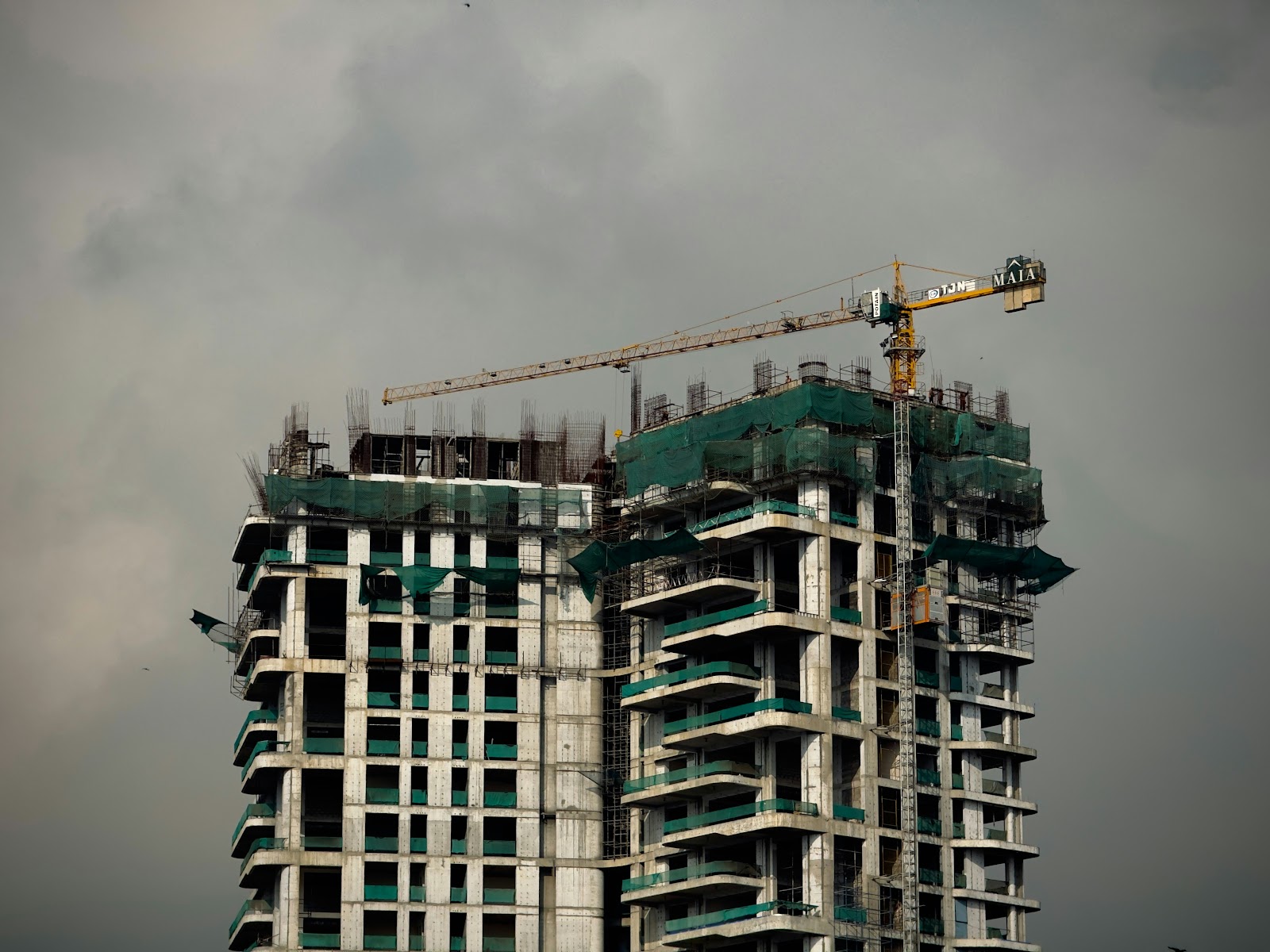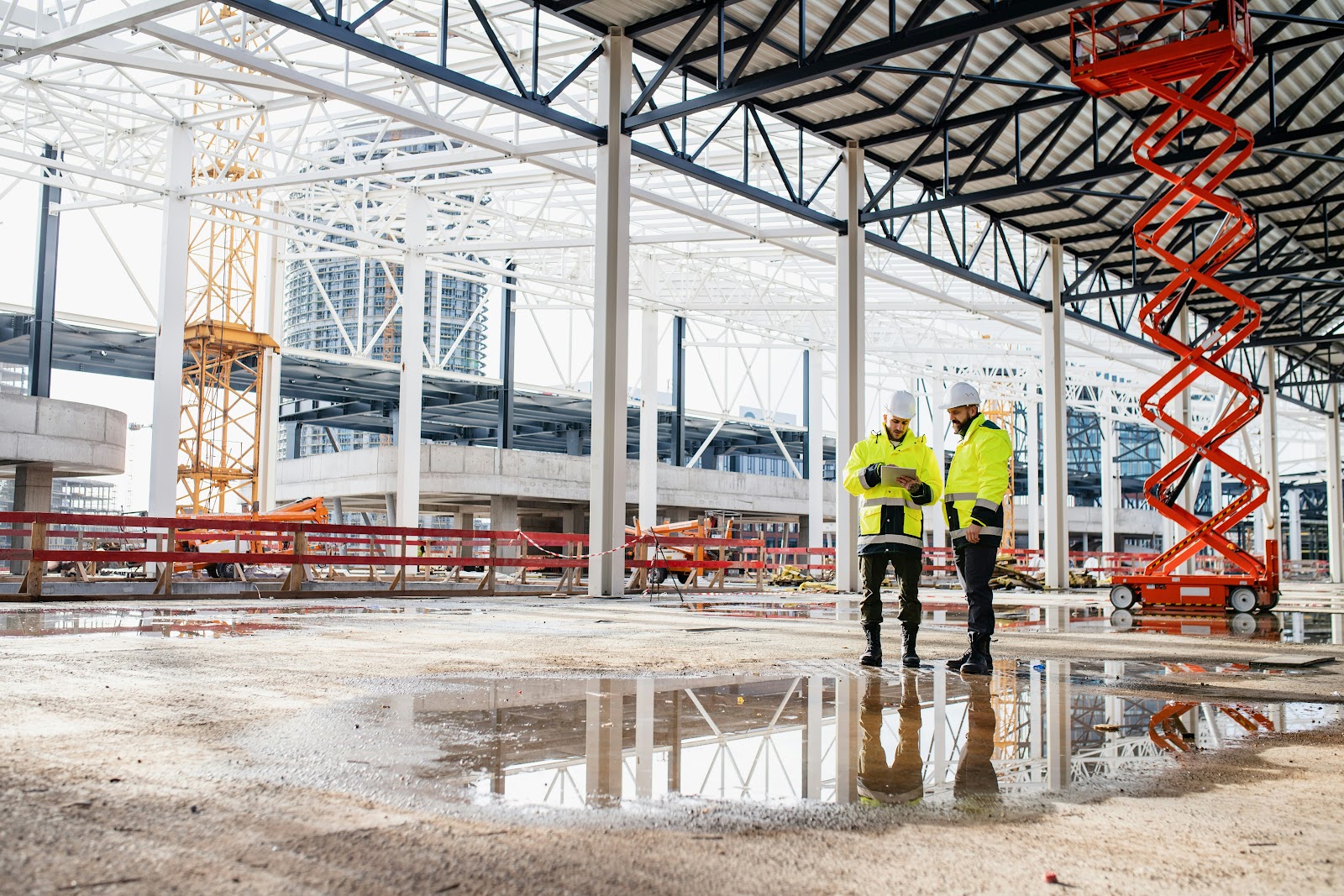Bad practices in Construction Scheduling: Common Mistakes and How to Avoid Them
The construction schedule is the backbone of any project, yet it is often ignored or misused. This usually happens because the right tools and habits to keep it updated and effective are missing. In this article, we’ll explore the most common bad practices in construction scheduling and show you how to avoid them to ensure your projects’ success.
What does construction scheduling mean?
The Importance of Proper Scheduling
Construction scheduling is the process of organizing the development of a construction project. It involves defining tasks, allocating resources, and setting deadlines to ensure everything is executed as planned. A well-structured schedule helps optimize time, reduce costs, and improve overall project quality.
The Difference Between Planning and Scheduling
While project planning defines overall goals and required resources, scheduling details how those tasks will be executed over time. Both are essential, but scheduling is the operational core of the project, it ensures that goals are met within established deadlines.
Common Bad Practices in Construction Scheduling
Several poor practices can severely affect project execution. Here are the most common ones and how to avoid them:
Relying solely on Excel
The use of Excel is common in many construction projects, but it's not the right tool for construction scheduling. Depending on it can lead to issues such as:
- Errors in task dependencies
- Lack of real-time collaboration
- Difficulty updating and sharing information
Key fact: A Construction Dive study revealed that 70% of projects scheduled only in Excel experience delays of more than 10% of the estimated timeline.
How to avoid it?
Use a specialized construction software like Buildpeer, which allows you to create dynamic schedules, link tasks and collaborate in real time.
Not considering unforeseen events or weather
One of the most common mistakes is not considering weather conditions or unexpected issues. During heavy rains or sudden supply shortages, the schedule can quickly fall apart.

How to avoid it?
Build smart buffers into your schedule. Use historical data and update the schedule weekly to adapt to changes. Anticipation is key to avoiding disruptions.
Lack of Project Zoning and Overlapping Tasks
Failing to properly zone the project often leads to overlapping activities and resources, causing disorganization and delays.

How to avoid it?
Make sure every task has a defined timeframe and avoid unnecessary overlaps. A detailed visual plan helps reduce these issues.
Unclear or poorly defined goals
Unclear goals create confusion and mistakes during execution. It’s essential to have specific, measurable objectives.
How to avoid it?
Establish SMART goals (Specific, Measurable, Achievable, Relevant, Time-bound) from the start so everyone is aligned with the project’s vision and reach.
Lack of continous monitoring
A schedule that isn’t updated regularly is useless. If it’s reviewed only once a month, problems will already be out of control.
How to avoid it?
Connect your schedule with daily reports and actual tasks. Conduct weekly reviews to detect problems early and adjust accordingly.
Consequences of Poor Scheduling
Failing to correct these bad practices can have serious consequences:
Delays and cost overruns
Poor scheduling can lead to delays and cost overruns. If the schedule is not updated or unforeseen events are not considered, delivery times and budgets may be compromised.
Poor coordination among contractors
The lack of a clear scheduling lead to discoordination between contractors, which compromises efficiency and collaboration.
Loss of traceability and control
When the schedules aren't linked to real activities, it’s harder to track progress, make decisions, and correct mistakes.
Best Practices for Efficient Construction Scheduling
Efficient scheduling requires the right tools and methods. Here are some key tips:
Use specialized construction software
Using specialized construction software like Buildpeer helps improve collaboration, traceability, and allow for real-time updates.
Include buffers and unforeseen events in planning
Including time buffers and spaces for the unforeseen is essential. The schedule must be flexible and able to adapt to the circumstances that arise during the project.
Document progress and changes in real time
Keep updated records of all the advances, changes and adjustments made to the schedule. This will help you have full control over the project and avoid confusions.
Involve the team and subcontractors in the planning
Engaging all stakeholders ensures realistic tasks and aligned deadlines.
How Buildpeer Helps Avoid Bad Practices
Digital scheduling with traceability
Buildpeer allows detailed task tracking and real-time updates for the whole team.
Centralized communication (no more endless WhatsApp threads)
With Buildpeer, you can centralize communication of the project, reducing dependence on apps like WhatsApp, improving coordination between all those involved.
Real-time progress reports and metrics
Automatically generate progress reports and metrics to evaluate performance and make informed decisions quickly.
Frequently Asked Questions
What are the most common bad practices in construction scheduling?
The main bad practices in construction scheduling include relying on Excel, not considering unforeseen events, not constantly updating the program, failing to involve contractors and not connecting the schedule to real activities.
What are the consequences of poor construction scheduling?
The consequences of poor scheduling include delays, cost overruns, lack of coordination between contractors and loss of traceability and control.
What tools help improve construction scheduling?
Specialized software like Buildpeer makes managing tasks, timelines, and communicating in real time easier.
How do I know if my construction schedule is poorly structured?
If your schedule isn’t updated regularly, doesn’t include buffers, or isn’t tied to daily project activities, it’s likely flawed and needs adjustments.

